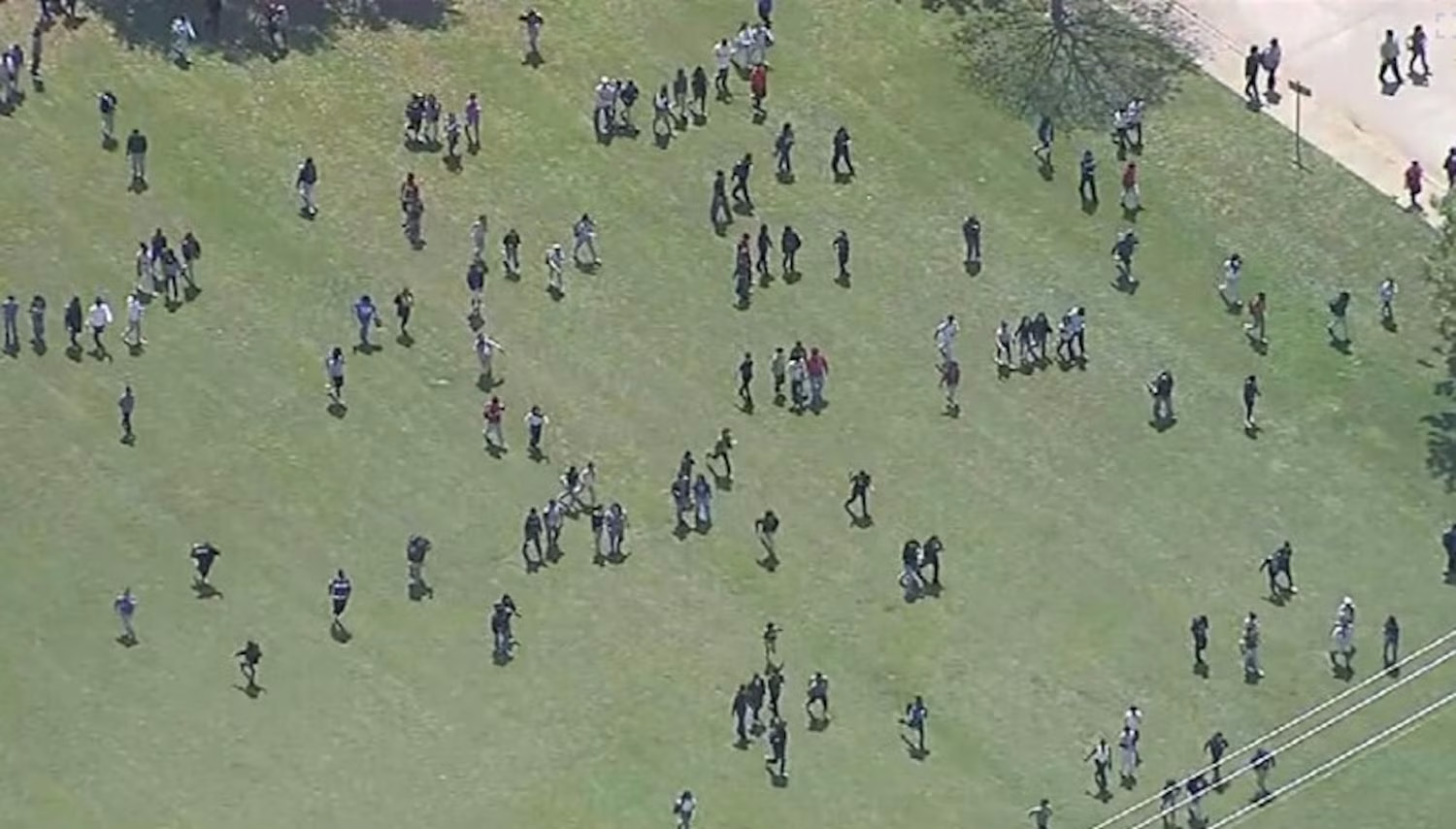Total solar eclipse 2024: How to watch the eclipse in Texas

A total solar eclipse is happening on Monday, April 8 and even if you don't have plans to travel to the path of totality, you can be a part of the full spectacle, right here on ABC13.
Everything you need to know about the eclipse
The peak spectacle will last up to 4 minutes, 28 seconds in the path of total darkness - a 115-mile-wide path that slices across the continent.
What time is the solar eclipse?
According to TimeAndDate.com, here are the exact times the eclipse will be occurring in the Houston, Texas, area.
12:20 p.m. - Partial eclipse begins
The moment the edge of the moon touches the edge of the sun is called first contact.
1:40 p.m. - Maximum eclipse
The deepest point of the eclipse.
3:01 p.m. - Partial eclipse ends
The edge of the moon leaves the edge of the sun.
ABC13 will bring you live coverage of the eclipse, including the excitement and crowds, and potential weather and traffic impacts. An extended episode of Weather Now brings live coverage from around Texas, starting at noon. After that, ABC News brings you Eclipse Across America, from 1 p.m. to 3 p.m. CDT.
What's a total solar eclipse?
The moon will line up perfectly between the Earth and the sun at midday, blotting out the sunlight. The full eclipse will last longer than usual because the moon will be just 223,000 miles (360,000 kilometers) from Earth, one of the year's closest approaches. The closer the moon is to Earth, the bigger it is in the sky from our perspective, resulting in an especially long and intense period of sun-blocked darkness. Totality will last the longest over Mexico at 4 minutes, 28 seconds. Elsewhere along the track, like in Syracuse, New York, totality will last just 1 1/2 minutes.
What's the eclipse path?
The moon's shadow will slice a diagonal line from the southwest to the northeast across North America, briefly plunging communities along the track into darkness. Totality will enter the continent at Mazatlan, Mexico, and exit at Newfoundland in Canada. In between, 15 U.S. states from Texas to Maine will experience totality, including snippets of Tennessee and Michigan. It will be a repeat for Cape Girardeau, Missouri, and Carbondale, Illinois, which were also in prime position for 2017's total solar eclipse.
When's the next total solar eclipse?
According to ABC13 Chief Meteorologist Travis Herzog, there will be many solar eclipses around the world between now and 2044 - 30, to be exact, but another total solar eclipse will not move over the United States until August 2044. The path of totality will only be visible in Montana and North Dakota because this eclipse will occur at sunset.
Then, just one year later, in August 2045, another total solar eclipse will crisscross the United States from California to Florida.
A partial eclipse will be visible from Texas, but the path of totality will miss us just to the north as it crosses over Oklahoma. And this time, the total time in darkness will exceed six minutes.
It won't be until 2078 that the path of totality returns to Texas. This time, it will only cross over South Texas.










